Year 3 Addition Worksheets
Add and subtract numbers mentally (A)

Addition grids (adding hundreds to a 3 digit number)
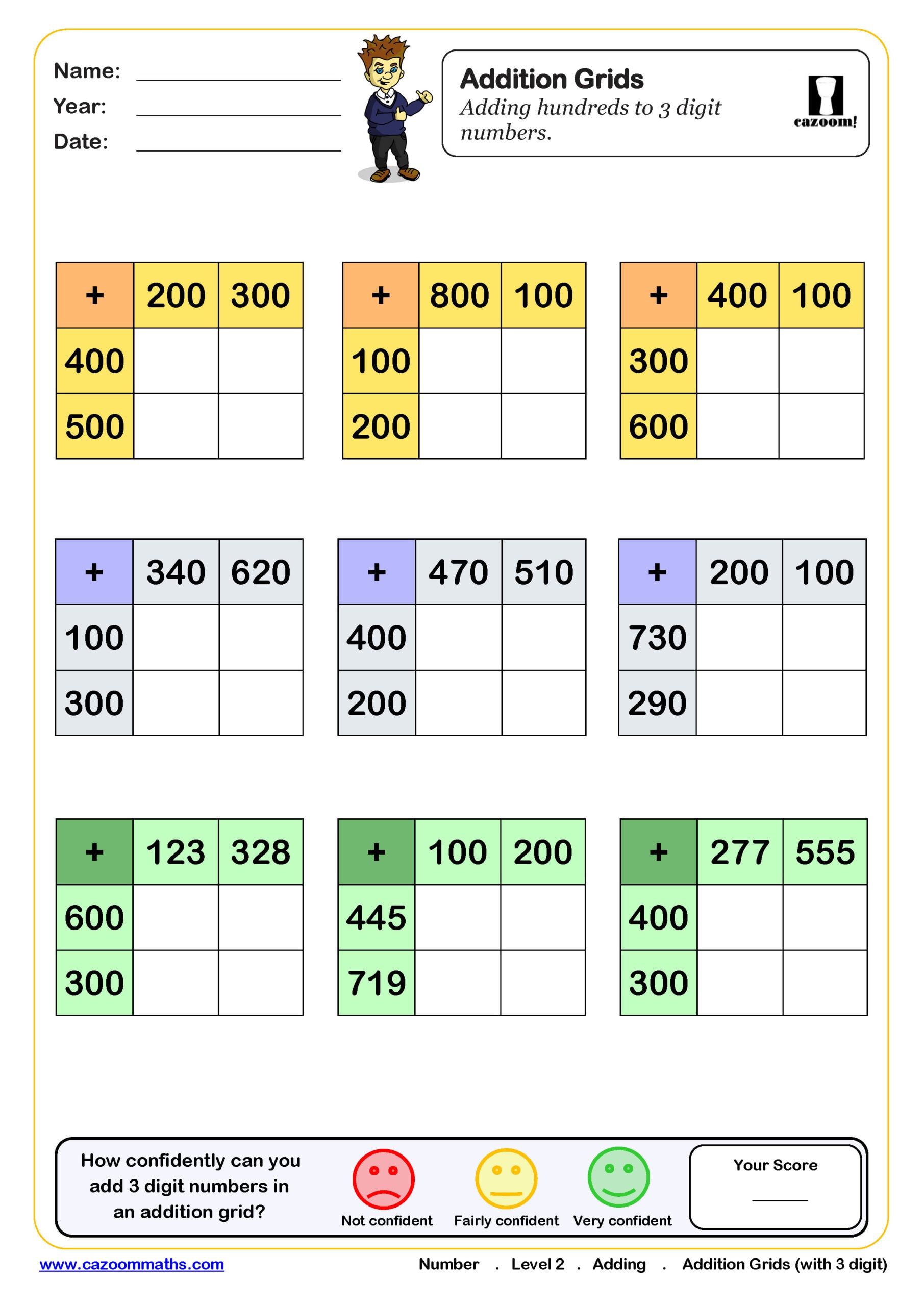
Addition grids (adding ones to a 3 digit number)

Addition grids (adding ones, tens and hundreds to 3 digit numbers)
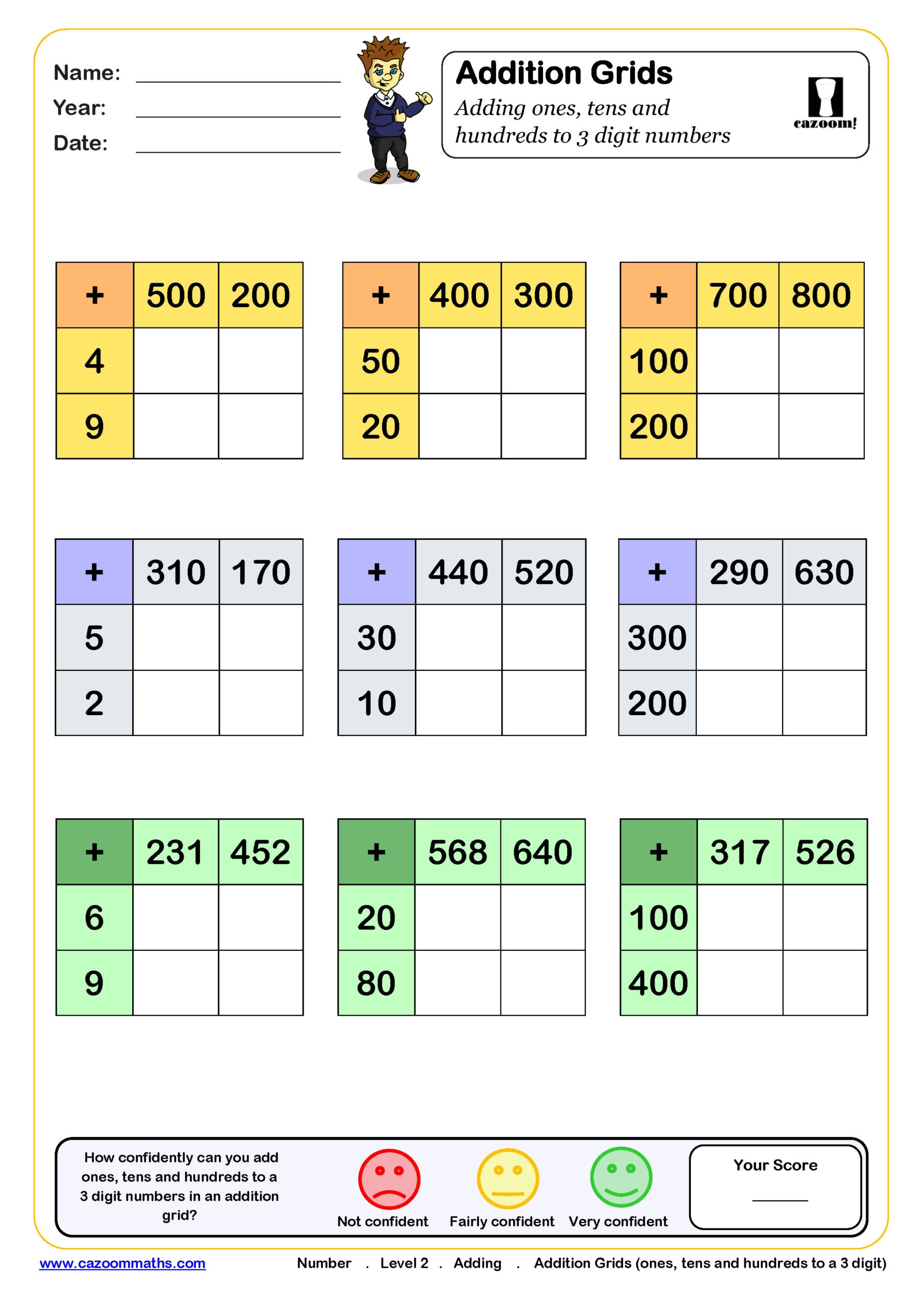
Addition grids (adding tens to 3 digit numbers)

Addition Wheels (adding hundreds to 3 digit numbers)

Addition Wheels (adding ones to 3 digit numbers)
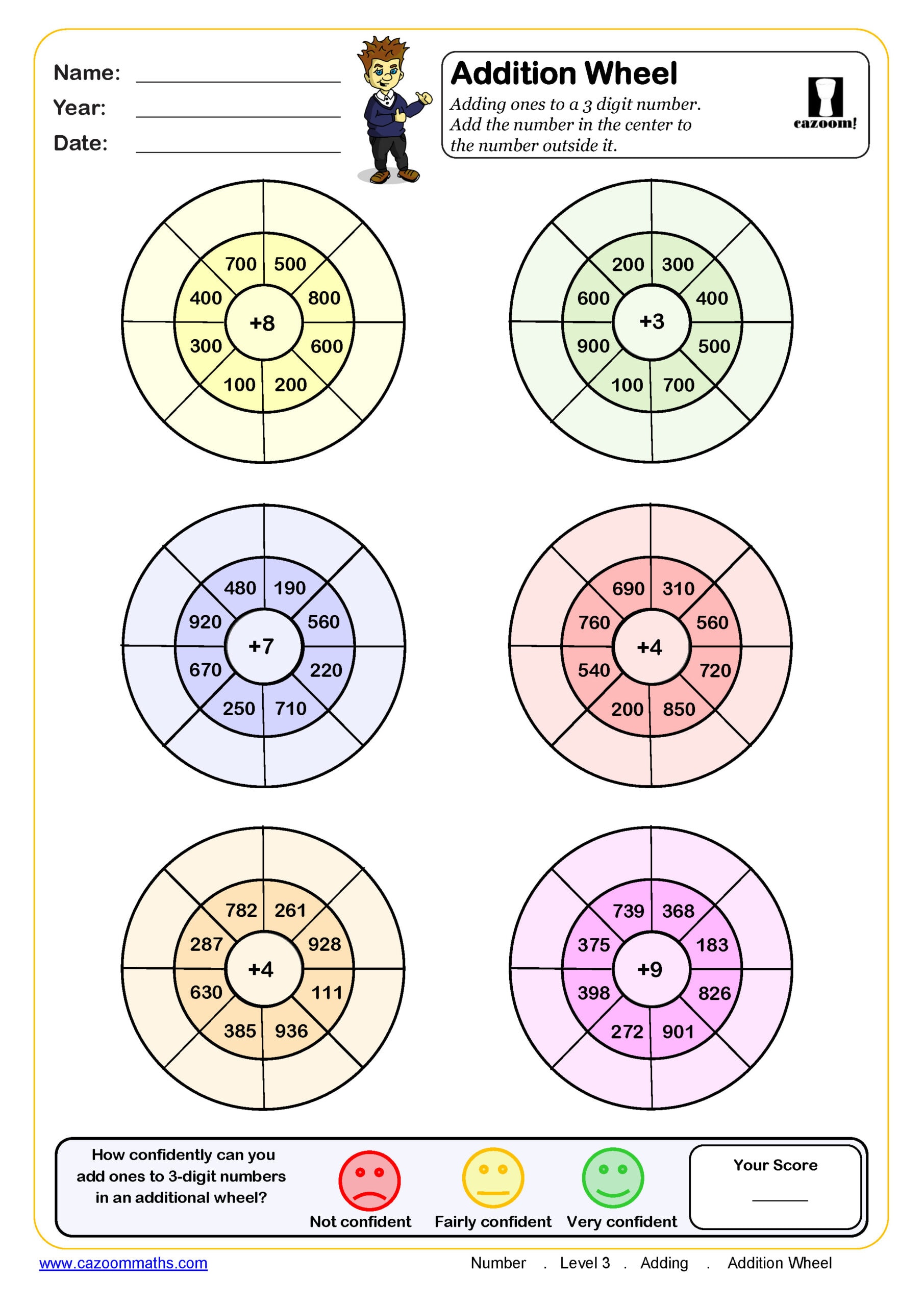
Addition Wheels (adding ones, tens and hundreds to 3 digit numbers)
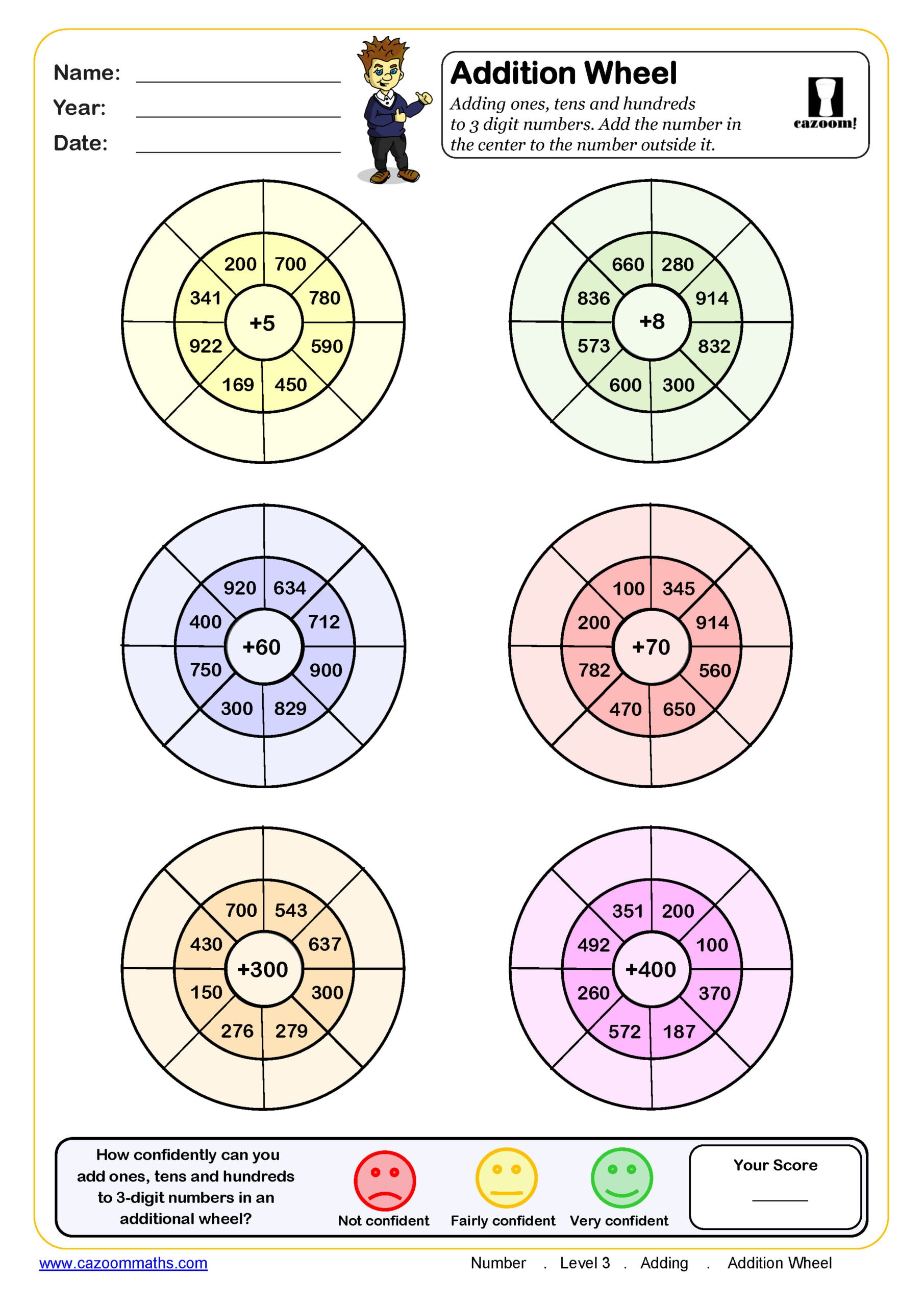
Addition Wheels (adding tens to 3 digit numbers)

Doubling Numbers to 20 - Addition
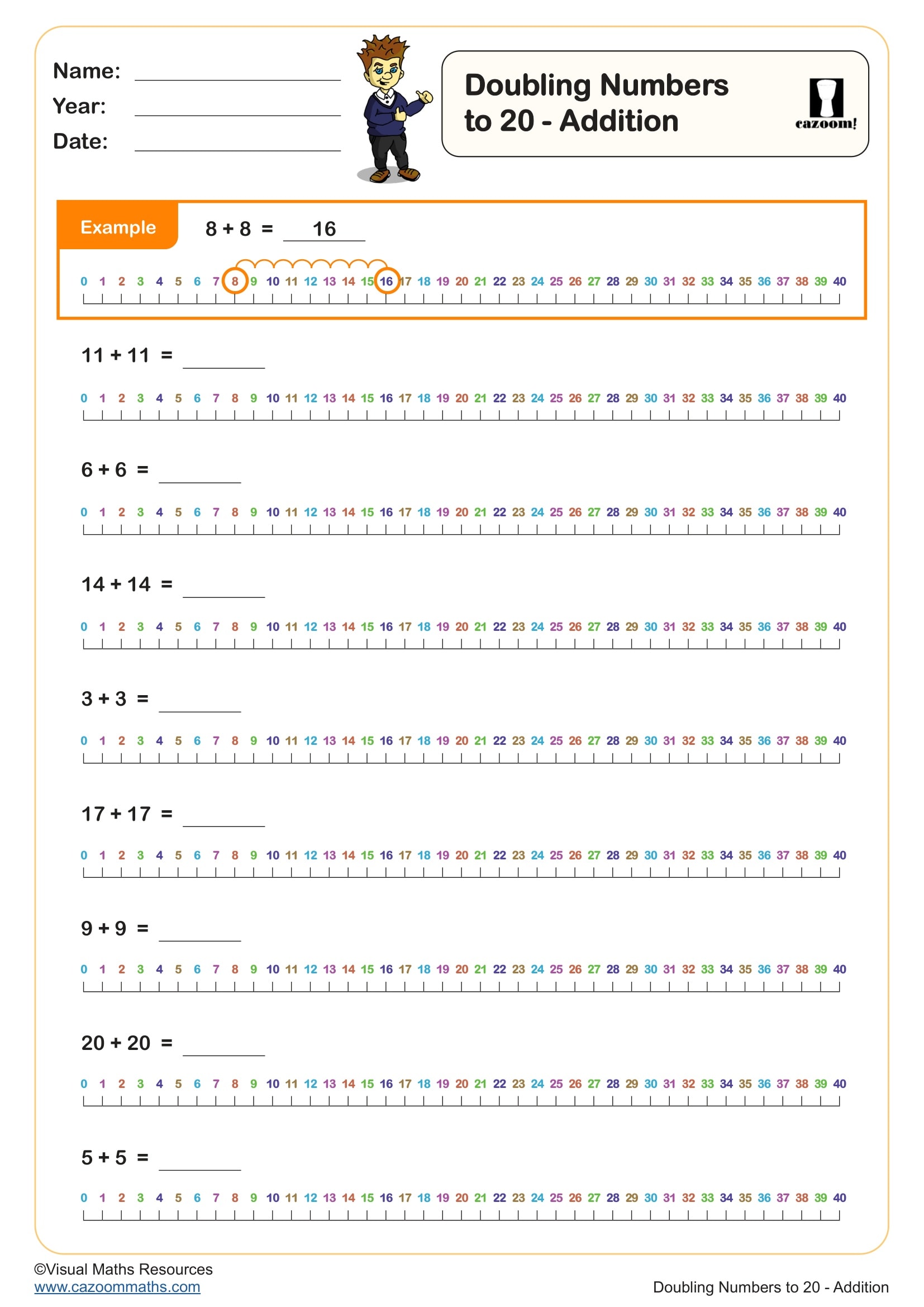
Making 1000 with 3 numbers using multiples of 10
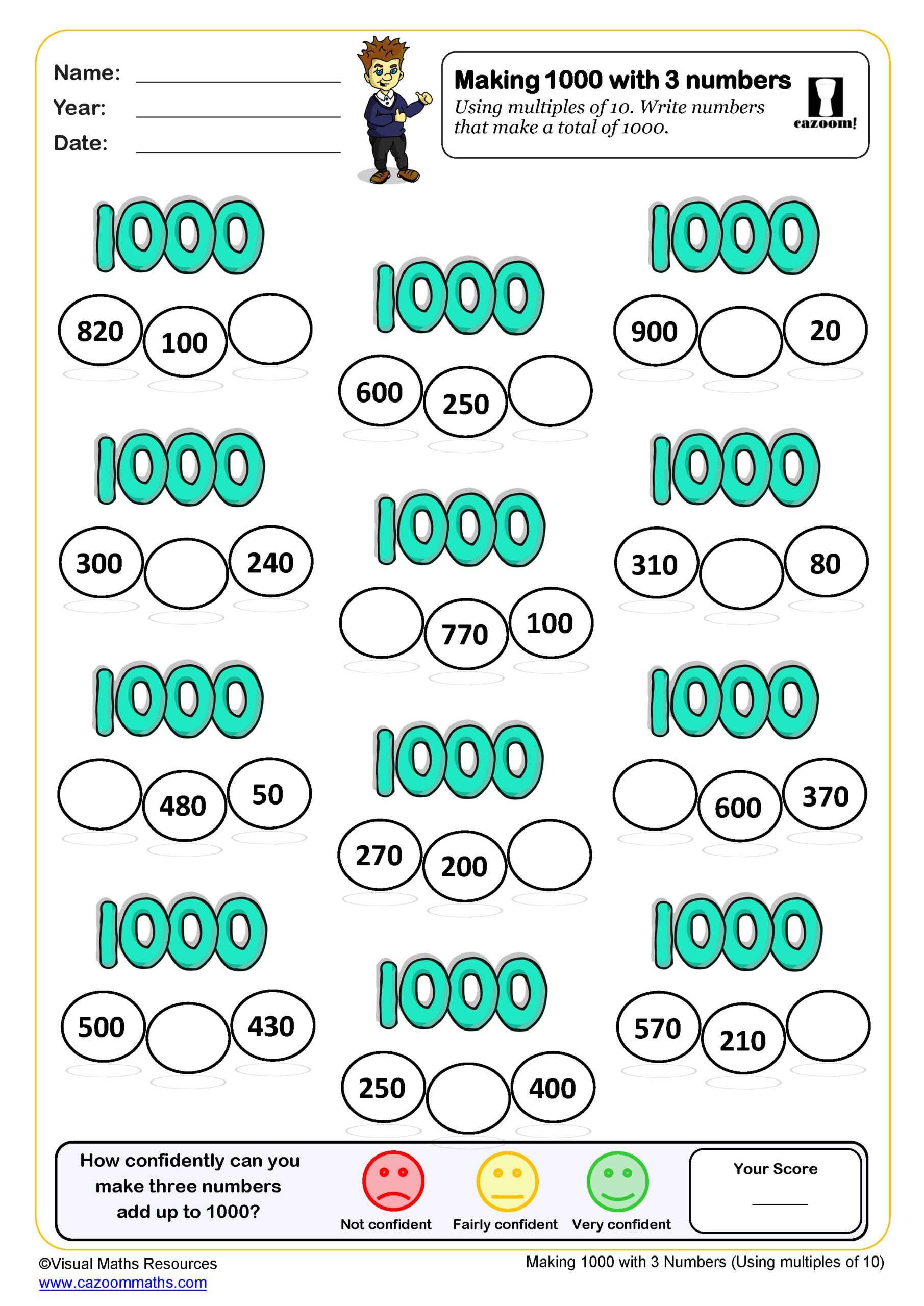
Making 1000 with 3 numbers using multiples of 100
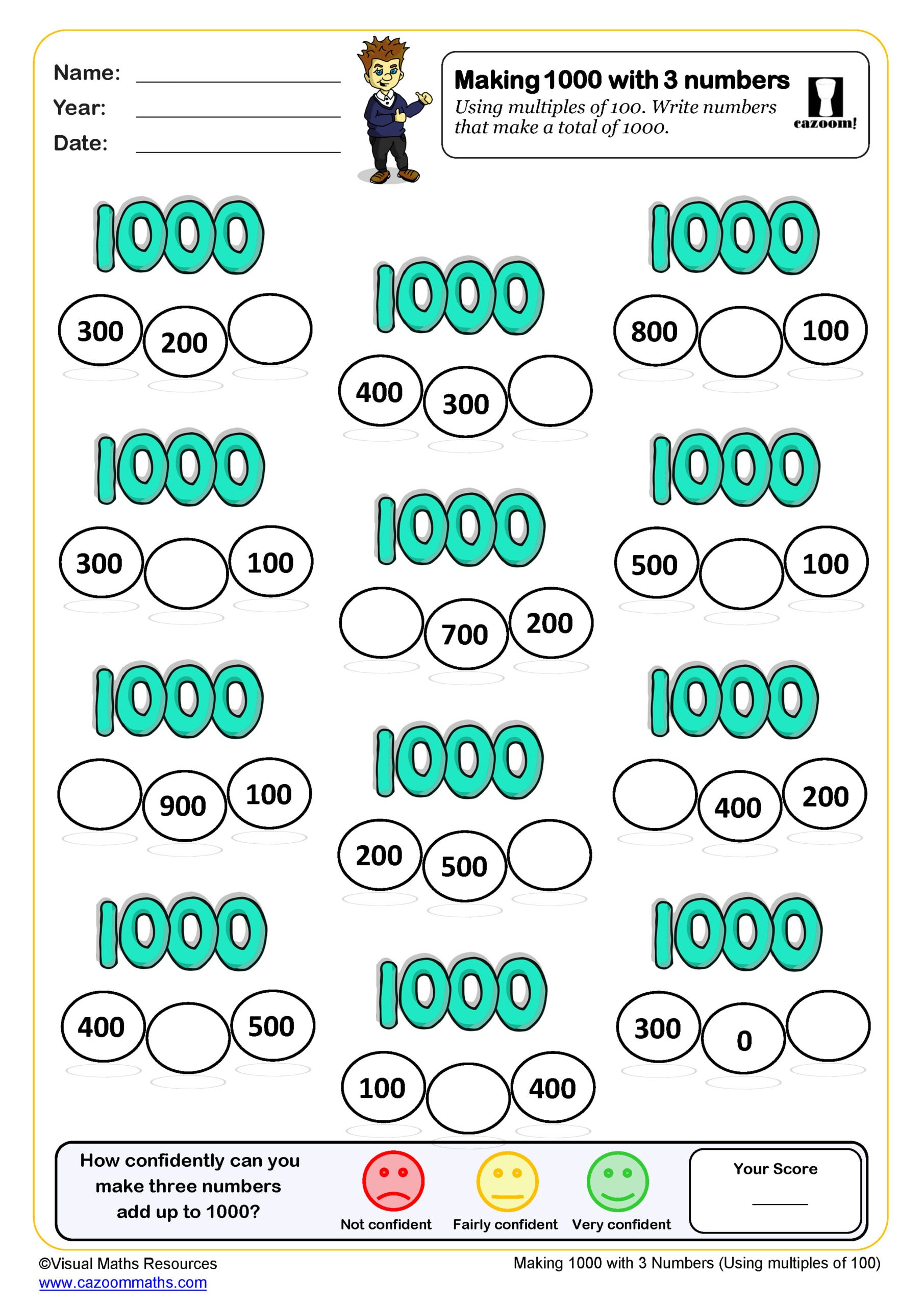
Best Printable Addition Worksheets for Year 3 - Download PDF Math Sheets
We know how challenging it can be to find quality addition maths sheets that actually engage Year 3 students while building real understanding. Our ready-to-use, printable PDF addition sheets combine visual learning aids with progressive difficulty levels, covering everything from number bonds to 20, column addition, and addition word problems. What makes these different is our detailed solution guides that show the complete thinking process, helping both teachers and students understand exactly how to approach each calculation method effectively.
What Addition Skills Do Year 3 Students Learn? Complete Math Skills Guide
We've carefully structured these addition practice worksheets to cover the full Year 3 curriculum progression! The most popular elements with our students are the visual addition grids and the repeated addition activities (a perfect foundation for multiplication later). Each worksheet targets specific skills like mental calculation strategies and checking answers using subtraction.
Here are the concepts that are included in our primary school addition worksheets:
1. Multi-Digit Numbers Addition: Working with numbers that have more than one digit teaches students how to handle bigger calculations confidently, whilst building their understanding of place value.
2. Column Addition: This structured method helps students line up their hundreds, tens, and units properly so they can tackle larger sums without getting confused about which numbers go where.
3. Addition Wheels: These circular puzzle-style activities make addition practice feel more like a game, encouraging students to work systematically around the wheel whilst reinforcing their number bonds and mental maths skills.
How Addition Practice Worksheets Boost KS3 Students' Math Confidence
It is academically proven that your students who practice addition regularly show dramatically improved confidence in all areas of maths. Consistent practice with adding worksheets helps develop that crucial automatic recall of number facts, which frees up mental capacity for more complex problem-solving. These skills are absolutely essential for SAT preparation and create a solid foundation for multiplication and division concepts ahead.
• Builds automatic recall of essential number combinations for faster mental calculations
• Develops column addition techniques crucial for larger numbers work in Year 3 and beyond
• Strengthens problem-solving confidence through varied word problem scenarios and contexts
• Reinforces place value understanding when working with tens and units in structured formats
• Prepares students effectively for Key Stage 2 SATs mathematical reasoning questions
Where Do Year 3 Students Use Addition Skills in Real Life?
Addition skills appear everywhere in their daily lives! From calculating pocket money savings and working out total scores in playground games to helping with family shopping and measuring ingredients for cooking activities, these mathematical foundations prove surprisingly useful. We've found it's quite satisfying when students suddenly connect classroom learning with real situations and realise maths actually makes practical sense in their world.
• Shopping mathematics: Adding prices, calculating change, and working out total costs for multiple items
• Time calculations: Adding minutes for journey planning and combining different activity durations
• Sports and games: Calculating team scores, adding points across multiple rounds or levels
• Cooking projects: Combining ingredient quantities and scaling recipes up for larger group activities
• Money management: Adding savings amounts, calculating total earnings from pocket money tasks
• Creative projects: Measuring and combining materials, calculating total supplies needed for art activities